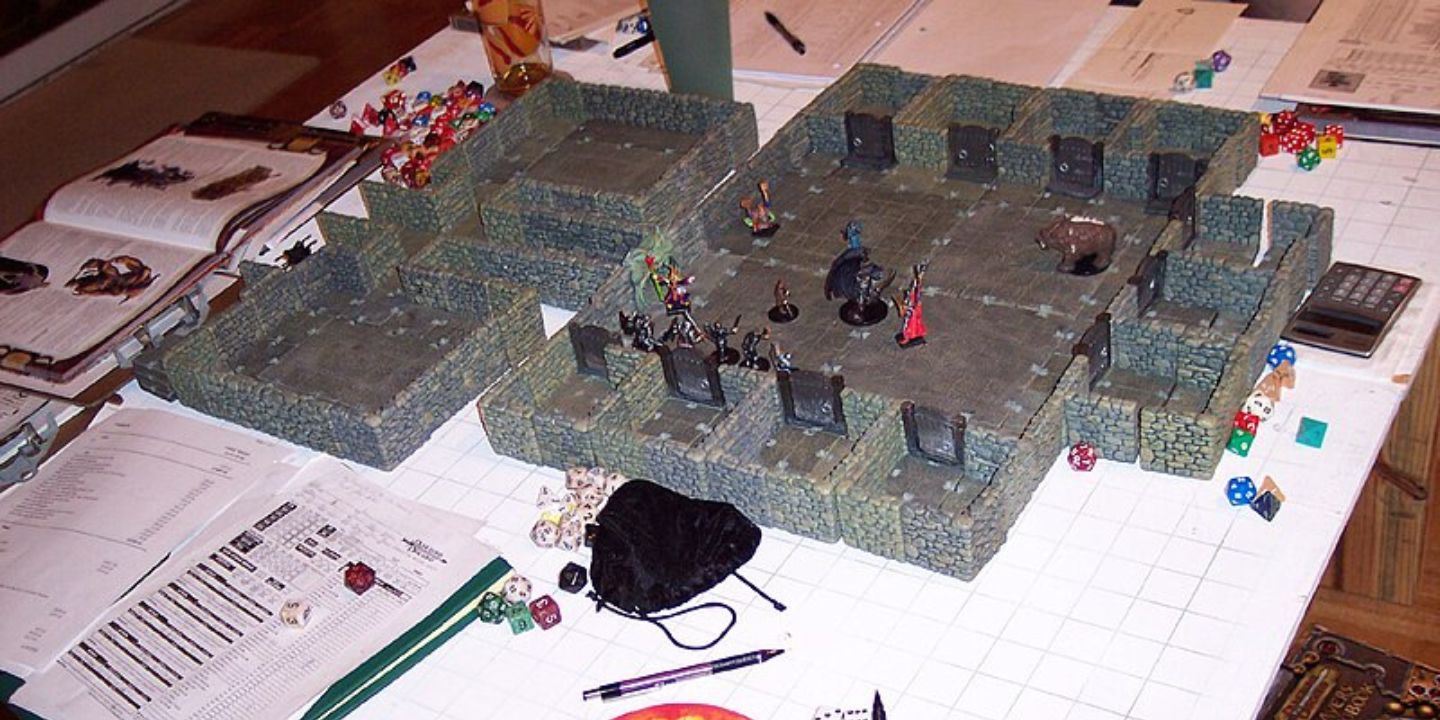Where Luck Meets Clever Planning
Card games have a way of bringing people together by blending chance and strategy into experiences that feel endlessly fresh. Whether you play casually at family gatherings or with dedicated groups, the real magic comes from the mechanics shaping each round. These clever design elements keep matches unpredictable and worth revisiting, no matter how often the deck is shuffled. In this list, we’ll explore 20 fascinating mechanics that give card games their spark.
1. Trick-Taking
It’s hard to beat the excitement of trick-taking games where every card feels like a tactical move. Classics like Hearts and Spades thrive on clever timing, managing suits, and the dramatic twist of trump cards shaking strategies completely.
2. Set Collection
The thrill of gathering the perfect combination of cards? That’s exactly what the set collection delivers by pushing players to use memory and pattern recognition for maximum rewards. Classic titles such as Rummy and Sushi Go showcase it brilliantly.
3. Hand Management
Nothing tests your nerves like deciding which card to play when resources are tight. Uno or Race for the Galaxy reward strong tactics, where timing and bluffing can shift momentum instantly and leave rivals stunned.
 James West from UK on Wikimedia
James West from UK on Wikimedia
4. Deck-Building
Building a deck while you play creates a uniquely personal challenge, with every decision shaping what comes next. Careful planning, resource balance, and long-term thinking are key—perfectly demonstrated in favorites like Dominion and Star Realms.
5. Drafting
From 7 Wonders to Magic: The Gathering, drafting adds intensity by forcing players to pick from a shrinking pool. Every choice feels tactical, and success often relies less on luck than on reading opponents’ strategies with sharp precision.
6. Push Your Luck
Pushing your luck is where thrill meets regret—risking another draw for bigger rewards or stopping safely. Incan Gold and Blackjack thrive on that tension, where stakes escalate sharply and greed sometimes delivers hilarious and crushing defeats.
7. Role Assignment
In games like Werewolf or Coup, cards assign players specific roles that come loaded with hidden agendas. This asymmetry fuels deduction and bluffing, while shifting powers and suspicions ensure each round feels unpredictable and endlessly replayable.
 One Night Ultimate Werewolf Review - with Tom and Melody Vasel by The Dice Tower
One Night Ultimate Werewolf Review - with Tom and Melody Vasel by The Dice Tower
8. Action Programming
Planning several moves ahead feels easy in theory, but action programming proves otherwise. In RoboRally or Colt Express, players queue up card actions only to discover chaos when everyone flips them. Strategy collides with humor, ultimately creating unpredictable surprises.
9. Memory-Based Play
Card games that test memory keep you on edge, forcing players to recall what’s hidden and revealed. It does not matter if you are playing Concentration or Hanabi; the mechanics sharpen focus, build cooperation, and challenge attention far more than pure luck ever could.
10. Auction/Bidding
Nothing raises the stakes like an in-game auction. Every bid forces a gamble with resources, where measured patience and brave moves decide who walks away stronger. Often seen in Modern Art, these moments reveal who bluffs well and who miscalculates disastrously.
 Modern Art Card Game Review - with Tom Vasel by The Dice Tower
Modern Art Card Game Review - with Tom Vasel by The Dice Tower
11. Event Triggers
Event-driven cards inject sudden twists that immediately shift play. In Twilight Struggle or Pandemic, one flip can spark global crises or unlock a dramatic storyline. Tension rises since each event alters priorities by forcing players to rethink carefully laid strategies.
12. Variable Player Powers
Have you ever wanted to feel truly unique at the table? Variable player powers deliver exactly that. From Marvel Champions to Root, everyone plays differently by opening diverse strategies and ensuring repeated sessions never feel stale thanks to fresh combinations.
13. Multi-Use Cards
Few mechanics create richer choices than cards serving multiple roles. Within Race for the Galaxy, each card might represent resources, actions, or victory points. This forces players to weigh every choice carefully, turning simple moves into layered decisions.
14. Hidden Information
When hidden information drives the action, card games become thrilling puzzles built on uncertainty. Poker and Skull thrive in this space, where bluffing keeps opponents guessing and deception proves just as valuable as the cards in play.
 U.S. Navy photo by Mass Communication Specialist Seaman David Finley on Wikimedia
U.S. Navy photo by Mass Communication Specialist Seaman David Finley on Wikimedia
15. Tableau Building
Constructing a personal tableau feels like building your own evolving engine, as every card adds new layers of synergy and potential combos. What starts small can quickly snowball into momentum—think of games like Wingspan and Splendor.
16. Resource Conversion
In Agricola and San Juan, resource conversion takes center stage by turning one element into another for steady progress. Though it may seem simple, efficiency is everything as smart exchanges often determine long-term success in these economy-focused card games.
17. Real-Time Play
Real-time card games never give you space to breathe—speed rules here. Dutch Blitz and Ligretto throw players into a frenzy and reward reflexes and razor-sharp focus. Every second counts, leaving sessions both exhausting and absolutely exhilarating for everyone involved.
18. Cooperative Play
Some card mechanics shine brightest when they bring players together rather than pit them against each other. Cooperative play emphasizes teamwork, unique roles, and shared problem-solving, with success hinging on collaboration—creating warm, social experiences ideal for families and friends.
19. Modular Decks
Modular decks keep each session feeling fresh by letting players mix interchangeable pieces into new combinations. This approach shines in Arkham Horror: The Card Game, as variety and thematic depth make long campaigns unpredictable and endlessly engaging.
20. Card Chaining
Few mechanics feel as stylish as chaining, where one card sets off a cascade of effects. Shrewd timing turns ordinary hands into dazzling combos, eventually shifting momentum. Whether casual or competitive, chaining keeps players grinning at wild and unexpected outcomes.
 Introducing my GT houses mat and how to do card chaining by Tea With Karin®™ by Tea With Karin
Introducing my GT houses mat and how to do card chaining by Tea With Karin®™ by Tea With Karin























